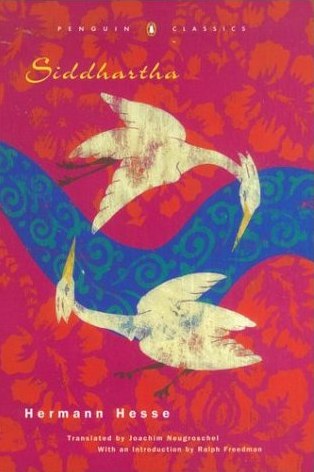This novella is packed with details and characters, mirroring the chaos of the post war Europe period of its setting. It covers a string of events in the life of his Gabriel Dan, A war veteran returns home after several years in a Siberian prison camp, to what seems like a Polish town to reside at the Savoy
The ‘hotel’ symbolic of the whole of European civilization at that point of time. It is a world of newly drawn boundaries and misplaced people. The hotel, containing a variety of people from all ethnic and social backgrounds, eagerly awaits the return of Bloomberg, a rich Jew, from America, to save the town with investment.
But he has come just to mourn his dead father, and when he leaves for the States a mob of solders turned revolutionaries burn down the hotel thereby destroying the old order.
Especially likable is the character of the lift operator who magically hides the guests luggage till they sort out their tabs (which never happens)
Considering this was written during Roth’s socialist period, it seems remarkably nostalgic and unsympathetic to the revolutionaries.
Disturbing as Roth’s vision is, this novella is ferociously funny, an orgy of despair, a cathartic bonfire of the vanities.

Joseph Roth a novelist, best known for his family saga Radetzky March (1932), and for his novel of Jewish life, Job (1930).


